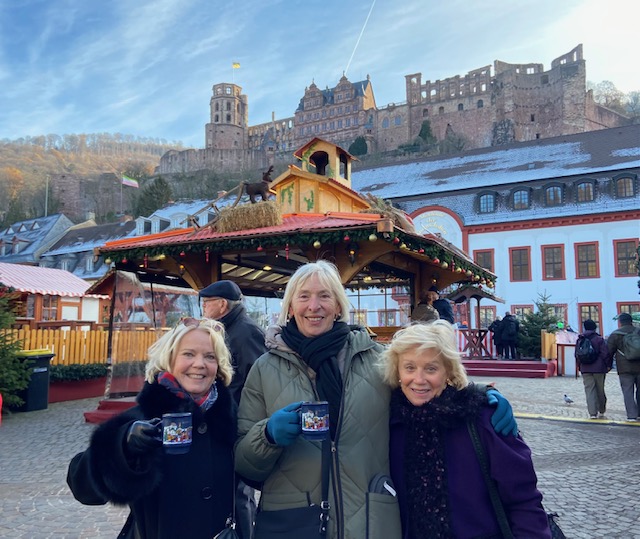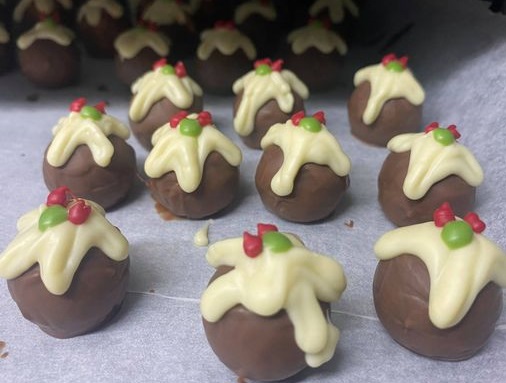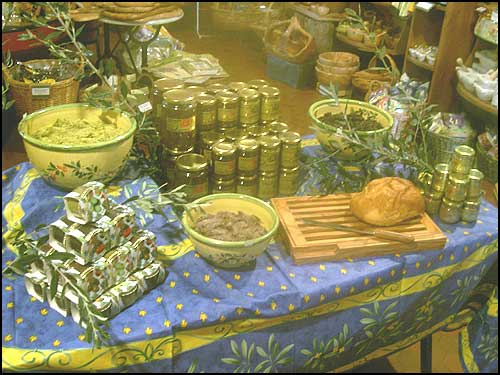The art of making pizza has been declared by the United Nations World Heritage (UNESCO) as an official cultural treasure. Actually, this accolade went to pizza from the city of Naples where this internationally beloved dish originated. Neapolitan pizza, however, has very humble beginnings in that it was used to feed the poor.
While pizza in Naples can be traced back to the 18th century, bread's history actually goes back to 8,000 BC. Bread in some form has been instrumental for feeding human
societies. The ancient Roman Empire,
however, took the art of bread-making to another level. Romans not only made enhancements to milling
techniques, but were the first to produce flour which could be made into
bread. Naples was an important cultural
center of the Roman Empire thus bread-making has deep roots in the Neapolitan
cuisine.
One cannot discuss the history of pizza without mentioning the tomato. First, one has to remember that the tomato wasn’t brought to Europe until the early 1500’s. It was first brought to Spain from South America by Spanish conquistadores. It took another 50 years for the tomato to make it to southern Italy. Thought by many Europeans to be poisonous, tomatoes took nearly a century to catch on. In Naples, poverty was rampant. People could starve to death, or try to survive by eating the tomato. Today, the local tomato San Marzano, has become a world-wide brand.
The first recipe using tomatoes can be traced back to Naples in 1694. A Neapolitan chef wrote in Latin a recipe for a sauce using tomatoes, onions and herbs. Even then, this tomato sauce was shunned by the wealthy and viewed as a food for the poor. Rich Neapolitans ate meat. Poor people living in Naples ate vegetables, and this vegetable was particularly interesting because it could be preserved through a drying process, in olive oil, or in a paste form.
While all of the ingredients for pizza were present in Naples for nearly 200 years, it took the visit to Naples by the King of Italy in 1889 to put pizza on the map. During this visit one of Naple’s chefs created a dish named after the King’s wife Margherita. The creation cleverly had the 3 colors of the Italian flag: red, green & white. Today, this Neapolitan classical pizza Margherita is served at restaurants around the world and includes bread, tomato sauce, mozzarella and basil.
The art of making
pizza belongs to the people of Naples who created it in order to survive. While now an art form around the world, the
accolades belong to the humble poor of Naples who had nothing much more to eat than
bread, and took a big chance on tomatoes. Let's remember that in the New Year.






.jpg)



























.jpg)






